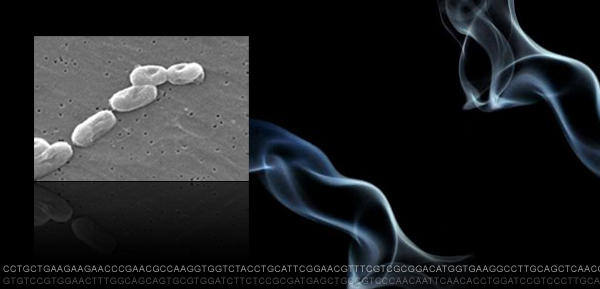Project Files
The following project files are available for download. Note that you will need a username & password to access them.


Burkholderia is a genus of proteobacteria probably best-known for its pathogenic members: Burkholderia mallei, responsible for glanders, a disease that occurs mostly in horses and related animals; Burkholderia pseudomallei, causative agent of melioidosis; and Burkholderia cepacia, an important source of pulmonary infection in people with cystic fibrosis (CF). The Burkholderia (previously part of Pseudomonas) genus name refers to a group of virtually ubiquitous gram-negative, motile, obligately aerobic rod-shaped bacteria including both animal/human (see above) and plant pathogens as well as some environmentally-important species. In particular, B. xenovorans (previously named Pseudomonas cepacia then B. cepacia and B. fungorum) is renowned for their ability to degrade chlororganic pesticides and polychlorinated biphenyls (PCBs). The use of Burkholderia species for agricultural purposes (such as biodegradation, biocontrol and as plant-growth-promoting rhizobacteria) is subject to discussions because of possible pathogenic effects in immuno-compromised people (especially CF-sufferers), e.g., hospital acquired infections. Due to their antibiotic resistance and the high mortality rate from their associated diseases Burkholderia mallei and Burkholderia pseudomallei are considered to be potential biological warfare agents, targeting livestock and humans. [ wikipedia ]
The following project files are available for download. Note that you will need a username & password to access them.
